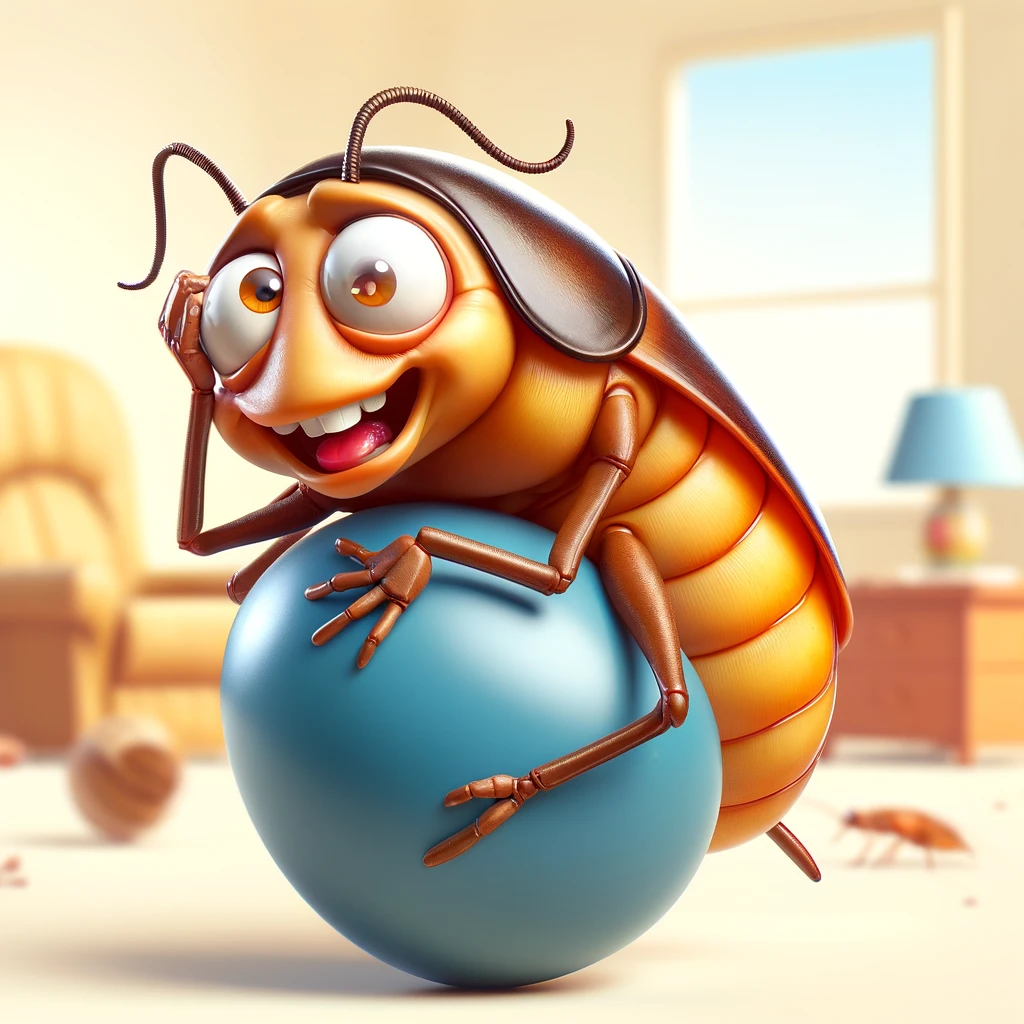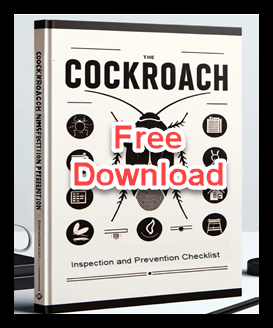Can Cockroaches Live in Your Balls?
 One of the more bizarre and unsettling myths about cockroaches is the idea that they can live in human body parts, including “balls.” This myth is likely to cause quite a bit of alarm, but let’s set the record straight. In this article, we’ll explore the origins of this myth, the biology of cockroaches, and why such a scenario is highly improbable.
One of the more bizarre and unsettling myths about cockroaches is the idea that they can live in human body parts, including “balls.” This myth is likely to cause quite a bit of alarm, but let’s set the record straight. In this article, we’ll explore the origins of this myth, the biology of cockroaches, and why such a scenario is highly improbable.
Debunking the Myth
Origins of the Myth
The myth that cockroaches can live in human body parts likely stems from general fears about these pests and their invasive nature. Cockroaches are known to hide in dark, moist places, leading to exaggerated stories about where they might take refuge.
Biology of Cockroaches
Cockroaches are indeed resilient and can survive in a variety of environments, but their biology makes it unlikely for them to live inside human bodies. Here’s why:
- Preferred Habitats: Cockroaches thrive in warm, moist environments with easy access to food. Common hiding spots include kitchens, bathrooms, and basements—not human body parts.
- Feeding Habits: Cockroaches are scavengers that feed on organic matter, including food scraps, decaying matter, and garbage. Human bodies do not provide the necessary sustenance for cockroaches.
Human Anatomy and Cockroach Behavior
Incompatibility with Human Bodies
The idea of cockroaches living in human body parts is implausible due to several factors:
- Temperature and Environment: Human bodies are not conducive environments for cockroaches. The internal temperature and conditions are not suitable for their survival.
- Access and Size: Cockroaches are relatively large insects and would struggle to enter or reside within small body cavities.
- Human Response: If a cockroach attempted to enter a body part, it would be met with immediate physical reactions, such as scratching or shaking, to remove the intruder.
Real Risks of Cockroach Infestations
Health Concerns
While cockroaches cannot live in human body parts, they can still pose health risks through:
- Allergies and Asthma: Cockroach droppings, saliva, and shed skins can trigger allergic reactions and asthma in sensitive individuals.
- Contamination: Cockroaches can contaminate food and surfaces with pathogens, potentially leading to foodborne illnesses.
Preventing Infestations
To keep cockroaches out of your home and reduce health risks, follow these preventive measures:
- Maintain Cleanliness: Regularly clean your home, especially kitchens and bathrooms, to remove food sources and reduce clutter.
- Seal Entry Points: Use caulk and other sealants to close off cracks and gaps where cockroaches might enter.
- Reduce Moisture: Fix leaks and use dehumidifiers to lower humidity levels in damp areas.
The myth that cockroaches can live in human body parts, including “balls,” is just that—a myth. While these pests are undeniably unwelcome guests in our homes, their biology and behavior make such scenarios highly unlikely. By maintaining cleanliness and taking preventive measures, you can effectively manage and prevent cockroach infestations.
If you’re concerned about cockroaches in your home, take proactive steps to prevent infestations. Regularly clean, seal entry points, and reduce moisture to create an environment that is uninviting to these pests. For persistent infestations, consider contacting a professional pest control service for comprehensive solutions.
- The Life Span of a Cockroach
- Do Cockroaches Eat Clothes?
- Do Cockroaches Have Teeth?
- Shrimps and Cockroaches
- Will Sleeping with the Light On Keep Cockroaches Away?
- How to get roaches out of your car overnight
- Do Cockroaches Feel Pain?
- How Many Legs Do Cockroaches Have?
- Comparing Cockroach Eggs Size for Different Types of Cockroaches
- Identifying a Cockroach Bite on the Lips or Face
- Black Water Bug Identification and Control
- Why Do Water Bugs Come Out At Night?
- What Does Roach Rash Look Like?
- Can Cockroaches Bite Your Eyelid?
- Can Cockroaches Live in Your Balls?
- How did cockroaches get their name?
- Why Do Cockroaches Shed Their Skin?
- What Smell do Palmetto Bugs Hate?
- Baby Palmetto Bug: Identification and Control
- Cockroach Eggs vs Poop: How to Tell the Difference
- How to Get Rid of Water Bugs
- How Long Can a Cockroach Live Without Air?
- The Lifecycle of the German Cockroach: From Egg to Adult
- Do Mice Eat Roaches
- Wood Roach vs. Cockroach

